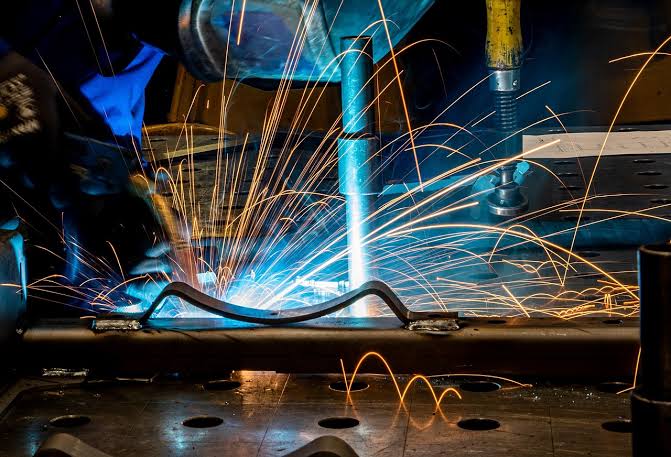From the construction industry to automotive manufacturing, welding is a highly critical process across the United States and beyond. Some key factors significantly affect the welding equipment cost; hence, it can vary substantially. Having an idea of these aspects can aid businesses and people alike in making relevant decisions while purchasing equipment.
Understanding how much does welding equipment cost involves evaluating multiple variables that impact pricing. With proper knowledge of these cost factors, buyers can make informed investments that align with their specific welding requirements and budget constraints.
Type of Welding Process
Each welding process requires different equipment. The common modes of welding are MIG, TIG, and stick welding. Each of these has separate equipment requirements and costs. MIG welding is fast, and usually, the equipment is cheaper and easier to find. On the other hand, TIG welding offers precision and quality but can also come with a higher cost. Among other types of welding, stick welding is versatile, economical, and preferred among individuals who are working on outdoor projects.
Quality and Brand
Welding equipment comes in various price ranges that correlate with the quality of the equipment. A reliable and sturdy brand costs more most of the time. As with most aspects of life, you get what you pay for; higher-quality machines often provide more effective and durable use, which often outweighs the higher cost over time. Cheap unknown brands are really tempting, and although they may save you money in the short run, considering the long run, the cost of good equipment matters.
Features and Technology
Today, most welding machines come with a lot of features that can help enhance the performance of the machine and also make it user-friendly. Digital controls, automatic settings, and multi-process capability are all advanced technologies that can increase the price. Still, these efficiencies and precision improvements can potentially lower labor costs over time. Buyers should evaluate their individual requirements to decide if extra features suit their welding needs.
Power Source and Output
In fact, welding equipment price can be affected by a range of factors such as power source and output capacity. The higher the output or dual-voltage mechanisms of the machine, the pricier it gets. These machines are more versatile, capable of processing a wider range of materials and thicknesses. By having a grasp on the power requirements for the projects to be performed, buyers can select gear that offers the best balance of cost and capability.
Durability and Maintenance
Durability is an important element that drives the total cost of ownership. Constant maintenance or repairs on equipment mean costly expenses over time. According to the Occupational Safety and Health Administration, proper equipment maintenance is crucial for both safety and cost-effectiveness in welding operations. Buying good-quality equipment that is covered under a warranty means fewer worries and surprise costs. Welding equipment holds up for many years, but only if regular maintenance is performed, which is an ongoing cost associated with purchasing welding gear that buyers should keep in mind.
Market Demand and Availability
Welding equipment pricing is heavily influenced by market trends and industry needs. If there is high demand for that type of machinery, you can expect to pay a higher price, especially if that is a specialized and/or high-quality piece of machinery. In contrast, if there is more availability, or the technology to deliver it becomes advanced enough, prices may fall. If buyers are aware of the market conditions, they can then plan their purchase accordingly.
Training and Skill Level
Equipment requirements may also depend on the ability of the operator. Even if this means that they are paying a little bit more, beginners may prefer a machine that is user-friendly. More experienced welders might choose more specialized and expensive machines that offer more precision and allow for more control in the process. Proper training can ensure efficient use of the equipment and limit the chance of making expensive mistakes.
Investment Considerations
When evaluating welding equipment costs, buyers should consider the total cost of ownership rather than just the initial purchase price. This includes factors such as electricity consumption, consumable materials, maintenance requirements, and potential downtime costs. Professional welders often find that investing in higher-quality equipment reduces long-term operational expenses and improves work quality.
Conclusion
Different types of welding processes have different kinds of welding equipment, and therefore different prices, along with other options such as the brand or what the equipment will be used for. An understanding of these factors can help prospective buyers choose the right product for them. With quality, power supply, and other costs taken into account, individuals and businesses will be able to make a wise investment in welding equipment that suits their needs and budget.





























